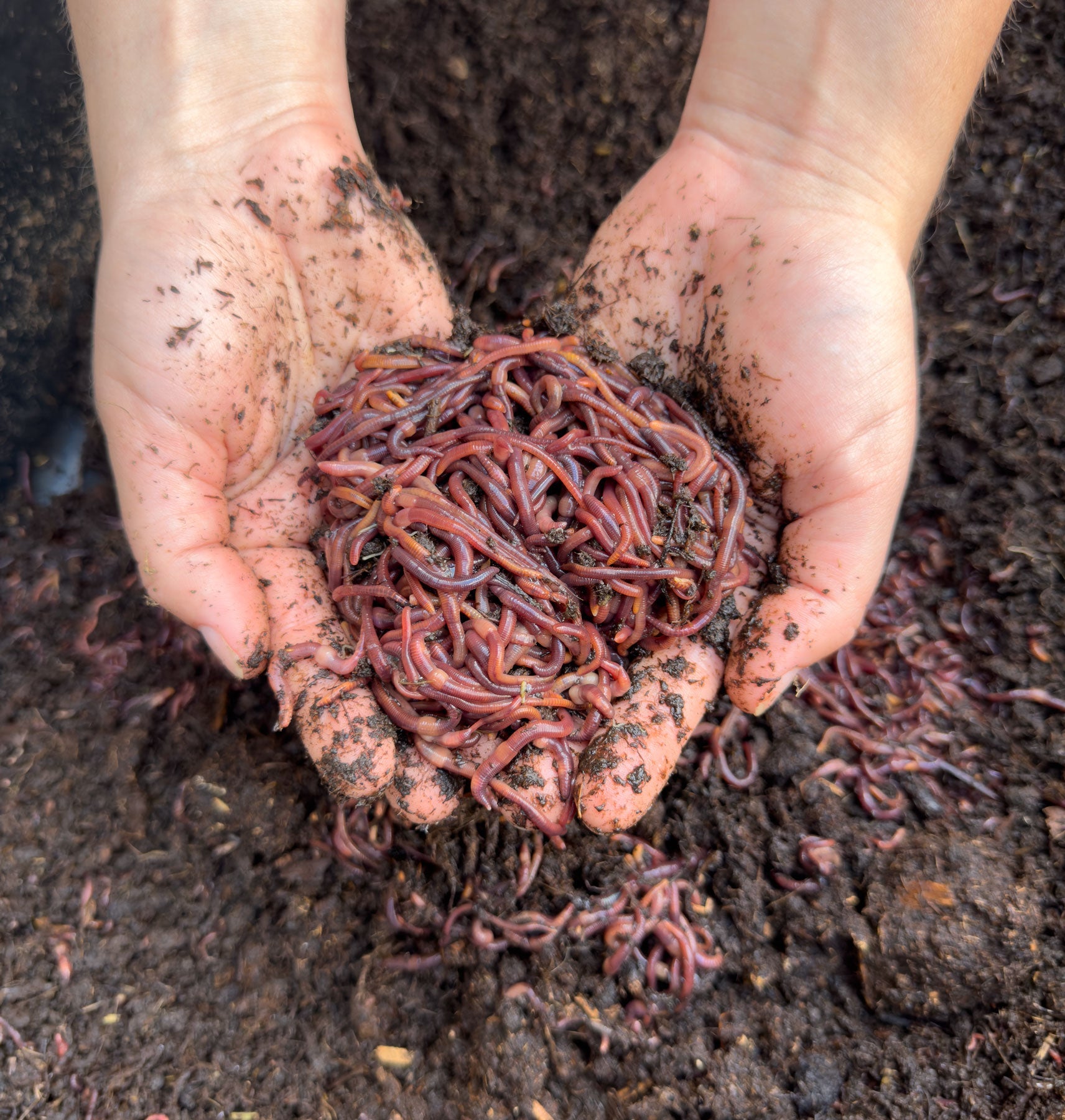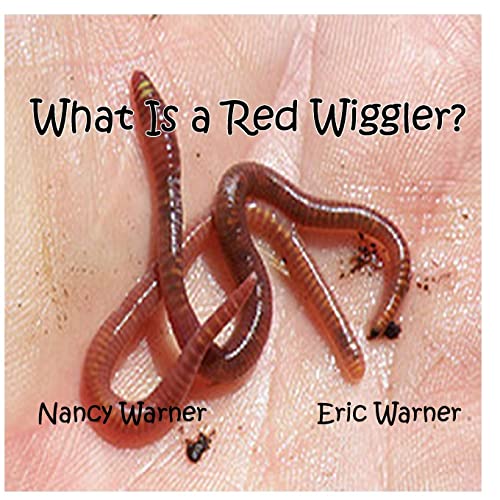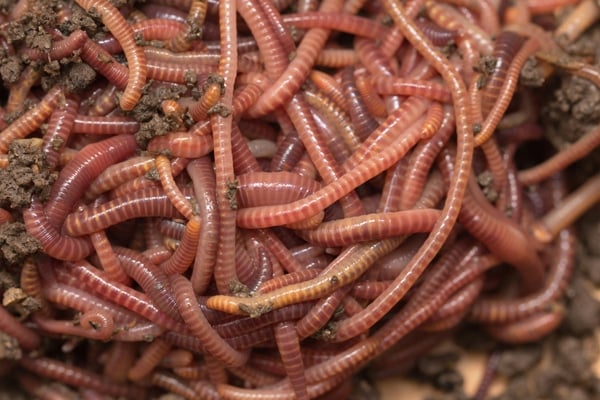The Secret to Lush Lawns Starts with Red Wiggler Express Yard Care Solutions
The Secret to Lush Lawns Starts with Red Wiggler Express Yard Care Solutions
Blog Article
Red Wigglers: The Unsung Heroes of Organic Waste Recycling
Red wigglers, or Eisenia fetida, offer as crucial representatives in the natural waste reusing procedure, changing thrown out materials into valuable vermicompost. As the world increasingly looks for options to deal with waste buildup and boost agricultural productivity, recognizing the duty of these worms becomes important.
What Are Red Wigglers?
The impressive durability of red wigglers, clinically understood as Eisenia fetida, emphasizes their essential duty in natural waste recycling. These small, reddish-brown earthworms are normally discovered in decaying raw material, such as garden compost heaps and manure heaps. Lake Hickory Bait. Unlike other earthworm varieties, red wigglers flourish in nutrient-rich environments and are highly efficient at damaging down natural materials, making them necessary for vermicomposting

(Red Wiggler Express)Along with their role in waste reduction, red wigglers add to soil health by enhancing soil framework and oygenation via their delving activities (Lake Hickory Bait). Their visibility in composting systems not only boosts disintegration rates yet additionally promotes a sustainable strategy to squander management, illustrating their significance in ecological preservation initiatives
Advantages of Composting With Worms
Composting with worms, particularly red wigglers, uses various benefits that boost both waste monitoring and dirt wellness. These worms successfully break down natural waste, converting it into nutrient-rich vermicompost that enhances soil. This process accelerates decomposition, permitting a quicker recycling of cooking area scraps and various other organic materials contrasted to traditional composting approaches.
Additionally, the vermicompost created by red wigglers is teeming with helpful microorganisms, which help improve soil structure, aeration, and wetness retention. This boosts the total health of plants, promoting energetic growth and increased returns in gardens and farming setups. Furthermore, the usage of worms in composting minimizes the manufacturing of greenhouse gases, such as methane, adding to a much more lasting waste management system.

Exactly How to Beginning Vermicomposting
Establishing a vermicomposting system is an uncomplicated procedure that can yield significant benefits for both waste administration and dirt enrichment. To begin, choose an appropriate container, such as a plastic container or wood box, with appropriate air flow openings to make certain correct air movement. The measurements need to preferably be about 2 feet by 3 feet, allowing ample area for the worms to flourish.
Next, prepare bed linen material, which can include shredded newspaper, cardboard, or coconut coir. This bed linens should be moistened to create a suitable habitat for the worms. When the bed linens remains in location, present red wigglers (Eisenia fetida) into the bin, anonymous usually around one pound of worms for every single square foot of area.
Adhering to the positioning of worms, include organic waste, such as fruit and vegetable scraps, coffee grounds, and smashed eggshells. Stay clear of including dairy products, meat, or oils, as these can develop smells and draw in insects. Lastly, position the bin in a shaded, temperature-controlled area to maintain optimal problems for worm task. With these actions, you will successfully start a vermicomposting system that adds to sustainable waste monitoring and enhances your soil.
Keeping a Healthy Worm Container
(Red Wiggler Express)Maintaining a worm bin flourishing needs normal attention and like make sure the health and wellness of the red wigglers and the efficiency of the composting procedure. Proper maintenance starts with checking the wetness degrees; the bin needs to be moist yet not waterlogged. A great general rule is to keep an uniformity similar to a wrung-out sponge.
Oygenation is essential too. Carefully mixing the bed linen and food scraps every couple of weeks prevents compaction and makes sure that all worms have accessibility to oxygen. In addition, it is necessary to feed the worms suitably. A balanced diet plan of fruit and veggie scraps, coffee premises, and smashed eggshells ought to be used in small amounts to avoid overfeeding, which can result in odors and parasites.
Temperature level regulation is another important element. Red wigglers prosper in a series of 55 to 77 levels Fahrenheit. If the bin comes to be also warm or cool, the worms might become stressed - Lake Hickory Bait. Last but not least, periodically look for indications of health and wellness, such as worm populace development and the visibility of healthy and balanced spreadings. By diligently managing these aspects, one can preserve a robust and productive worm bin.
Effect On Lasting Living
The successful upkeep of a worm bin not only profits the health and wellness of red wigglers however also adds significantly to sustainable living techniques. By reusing natural waste, such as kitchen scraps and backyard particles, red wigglers assist draw away substantial quantities of product from garbage dumps. This decrease in waste not just decreases greenhouse gas discharges but also decreases the environmental burden associated with waste administration.
Furthermore, the spreadings created by red wigglers serve as a nutrient-rich natural fertilizer, improving dirt health and advertising plant growth. This all-natural option to chemical plant foods supports lasting agriculture and horticulture methods, lowering dependence on synthetic inputs that can harm communities. Furthermore, worm composting cultivates understanding of waste monitoring, motivating people and neighborhoods to embrace more sustainable behaviors.

Verdict
In recap, red wigglers offer as vital factors to natural waste reusing with their efficient decay of organic materials. By incorporating vermicomposting right into waste administration techniques, people and areas can substantially minimize waste while promoting ecological sustainability.
Report this page